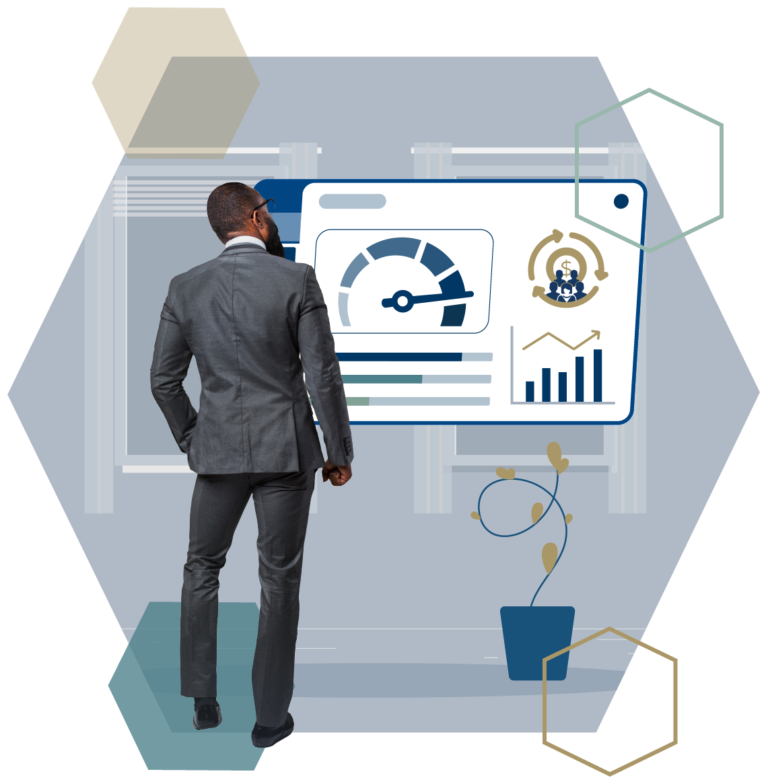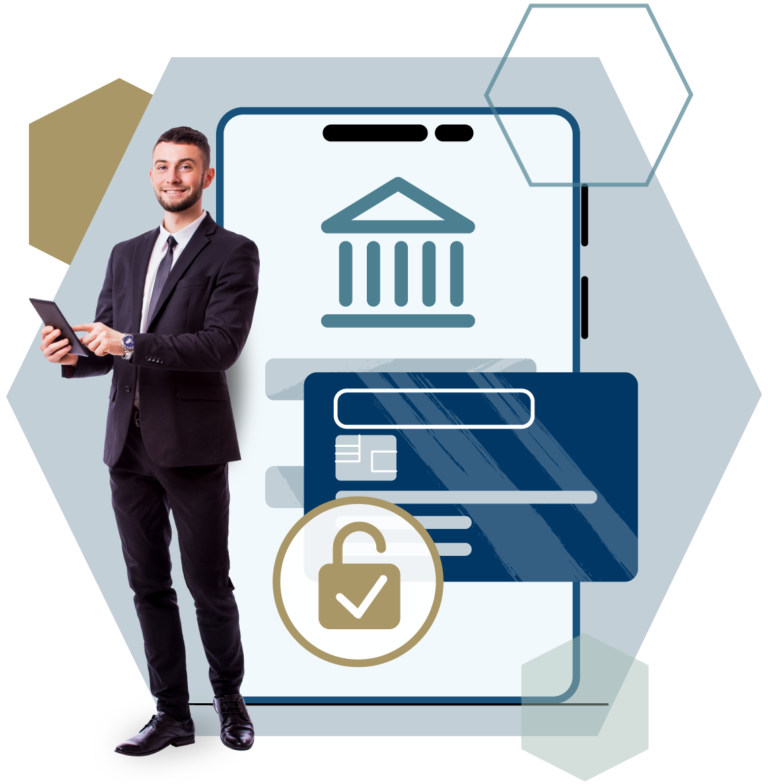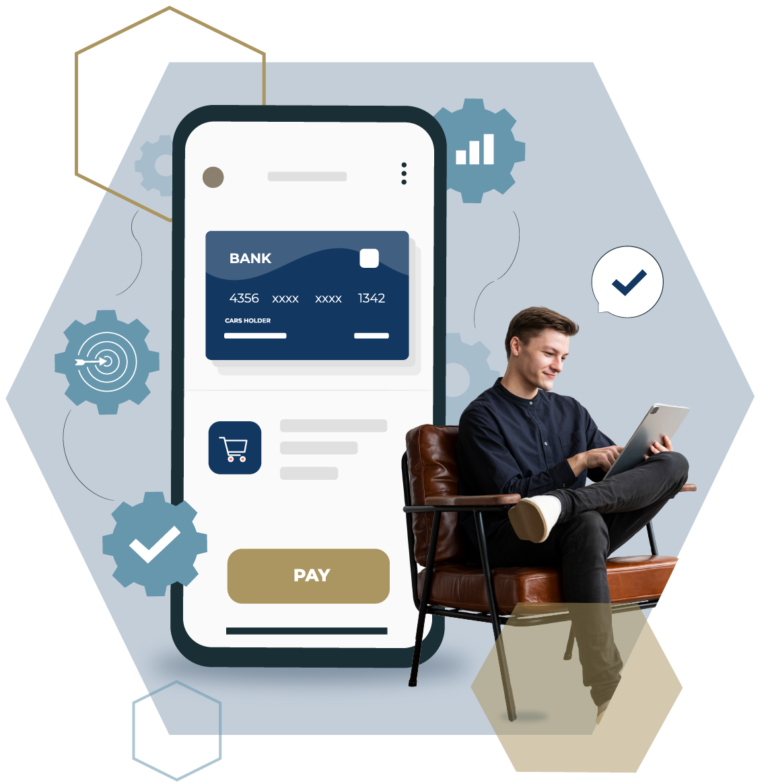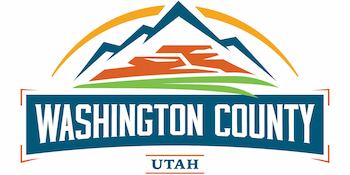eBook
Comparing Secure Payment Systems: Find the Right One for Your Citizens
In a sea of secure payment systems options, finding the right one for your residents can be challenging. Your chosen platform must be engaging, convenient, efficient, and secure. It must also increase revenue for your local government organization.
However, questions remain: Which payment system is right for you and your constituents? Which one will make the transition as smooth as possible?
CORE compares secure payment systems and explains each to help you determine which will solve your greatest payment pain points.
Comparing Secure Payment Processing Systems
Payment processing systems are not one-size-fits-all. Depending on the pain points you currently experience in your organization, some might provide a better solution than others. But by using multiple payment processing options, you can take advantage of the best each has to offer.
The table below shows the top four pain points government organizations experience regarding payment systems and shows which platforms offer a solution.
| PAIN POINT #1: Disconnected / Manual Processes |
PAIN POINT #2: Risk Management and Compliance |
PAIN POINT #3: Meeting the Evolving Customer Experience |
PAIN POINT #4: Reliability of Reconciliation |
|
|---|---|---|---|---|
| EBPP | ✓ | ✓ | ✓ | ✓ |
| Online Payments | ✓ | ✓ | ✓ | ✓ |
| Cashiering | ✓ | ✓ | ||
| Text-2-Pay | ✓ | ✓ | ||
| Self-Service Payments | ✓ | ✓ | ✓ | |
| Mobile Payments | ✓ | ✓ | ||
| ACH/eCheck Payments | ✓ | ✓ | ✓ | ✓ |
| Hosted IVR | ✓ | ✓ | ✓ | |
| POS/Devices Peripherals | ✓ | ✓ | ✓ | ✓ |
| Terminals | ✓ | ✓ | ✓ | |
| Wire Transfer | ✓ | ✓ |
4 Major Pain Points that eBilling Can Solve
Still on the fence about whether you should commit to eBilling platforms? Here are the top four government pain points in organizations searching for flexible, integrated automated payment systems.

Pain Point #1:
Disconnected & Manual Processes
Paper systems lead to disconnected manual processes, cash leakage, financial imbalance due to inaccurate manual data entry, and a lack of standardization for remote collection. Manual processes that don’t integrate at all points can make for grueling hours spent trying to solve common problems.
By using an integrated payment solution, you can:
- Reduce your overhead expenses
- Collect revenue promptly
- Streamline operations
- Increase productivity
Because digital payment solutions offer a much quicker process, government agencies can rapidly realize revenue and accelerate cash flow. Citizens can complete and remit payments anywhere, at any time. This integrates into your back-office systems for seamless reporting and management.
Pain Point #2:
Unmanaged Risk & Inconsistent Compliance
If there’s one thing government organizations must keep a close eye on, it’s compliance and risk management. Using disconnected and manual systems makes the likelihood of easily overlooking compliance requirements due to old/outdated terminals, audits, and tracking methods commonplace. These can all open your department up to unnecessary risk. It can also increase your PCI scope and other related costs.
Implement an integrated, transparent, and automated solution with enhanced security that meets government compliance before your office gets hit with fines (or a cyberattack).


Pain Point #3:
A Disappointing Customer Experience
A lack of payment channels and tender types can create inconsistent payer experiences. Technology is evolving at breakneck speed and government entities need to keep up with the expanding customer experience. Your citizens have come to expect convenience and transparency with the payment processing systems they interact with daily.
Government organizations can meet this evolving customer expectation by implementing secure digital payment systems that lead to accelerated cash flow, increased trust between your agency and the citizens you serve, and improved internal productivity.
Meet your constituents’ needs faster and more efficiently than ever with an enhanced payment system for a better citizen experience.
Pain Point #4:
Reliability of Reconciliation
Your employees are likely spending exorbitant amounts of time manually reconciling invoices. It’s essential to any government organization’s billing process because citizens count on your accuracy, transparency, and efficiency. Only automated account reconciliation is reliable enough for our modern era.
Manual reconciliation processes (especially those still dependent on paper systems) leave too much room for error. It’s a massively time-consuming process, and employees often make mistakes when it becomes tedious. Not to mention manual reconciliation opens you up to more risk for fraud.
To avoid these costly errors and operational expenses, you can digitize your reconciliation process with eBilling. Leveraging the power of integration with other software systems and automating manual tasks can streamline your financial operations.
Ultimately, this makes your system more reliable and more convenient for citizens.

CORE Payment Solutions
EBPP
EBPP (electronic bill presentment and payment services) Is a digital-ready, connected solution for payment processing that allows organizations to manage regular or periodic billing needs. EBPP combines elements of payment presentation, acceptance, and processing in one, secure platform.
This payment solution is notable for reducing friction in the payments process, which can help meet your constituents’ expectations. When your constituents make payments for utilities, property taxes, licenses, permits, and more, they can benefit from this fully integrated digital payment system.
Online Payments
The world is changing rapidly—we’re becoming more connected than ever before in a wide variety of ways. Your constituents have less time to travel to government offices to make payments. Additionally, many agencies get backed up when each employee needs to process payments manually.
Government organizations often lack a sufficient self-service strategy, which can impact the constituent experience. This is where online payments come in handy.
An online payment processing option operates around the clock, 24/7. These solutions employ an extremely flexible user interface to process web-based payments. Online credit card processing solutions are easily integrated with gateway, kiosk, and system integrator solutions to create a secure self-service payment option.
Cashiering
Few things are more stressful for large organizations than the end-of-day batch reconciliation process. It might be a simple task for small businesses and organizations with minimal departments, but it can be complicated and time-consuming for government agencies with multiple components to track.
You can easily streamline revenue management with a SaaS-based, scalable cashiering solution. This payment system allows you to accept full or partial payments across all tender types while connecting to individual departments. The entire process integrates with your general ledger.
A cashiering platform enables the efficient consolidation of processes and systems. It enables rapid reconciliation at the end of the day at every level of your organization.
Text-2-Pay
If any payment option embodies our digital era’s preference for convenience, it’s Text-2-Pay. This is an increasingly popular solution among many businesses, so your constituents are likely familiar with the process already. Leveraging the power of Text-2-Pay uses automation to make payments easier and more convenient.
Text-2-Pay sends a text message link directing the individual to a secure online payment portal. There, they input their credit card information and effortlessly make a payment. For government agencies struggling to implement self-service payment options, Text-2-Pay is an ideal solution.
Self-Service Payments
One of the greatest payment processing bottlenecks for organizations of all kinds is availability. Government employees aren’t available to accept payments 24/7, which can lead to delayed payments and more friction throughout the process. Self-service payment solutions allow your organization to accept payments around the clock.
One of the easiest ways to streamline payment acceptance is to provide an unattended self-service payment solution. Implementing this option leads to higher efficiency, flexibility, and customer adoption, plus reduced inbound calls for assistance.
Wondering which payment options provide consistency in on-time bill payments? Self-service payment platforms make a strong case. The added convenience and ease make it easier to pay on time.
Mobile Payments
It’s reasonable to assume that nearly everyone uses their mobile devices for hours daily, so accepting mobile payments can be incredibly convenient for all parties involved.
Contactless mobile payments are increasingly common, and as a government organization, you can harness the ease of processing to increase both efficiency and security.
ACH/eCheck Payments
While more people are paying with credit cards than ever, many individuals still prefer to pay via electronic check. Paper checks have been trusted for over a century, but many continue to trust and rely on automated clearing house (ACH) and electronic check (eChecks) options. Some of these preferences are due to behavior and habits, and others want to avoid the fees associated with card payments.
Either way, offering eCheck and ACH payments can be a great way to increase accessibility for residents.
Hosted IVR
IVR (interactive voice response) is an excellent option for providing over-the-phone payment processing to your constituents. It’s an entirely automated self-service platform that can improve the customer experience.
Hosted IVR platforms can accept payment by ACH, credit, debit, and prepaid cards. When you select the right solution, you can leverage unlimited inbound volume, flexible payment options, and more. Additionally, you can create a recognizable broadcast voice that keeps payers well-informed with voice reminders and payment processing updates.
POS/Devices Peripherals
When looking for the perfect point-of-sale (POS) solution, you want something that embodies both convenience and security. Even better, an entirely integrated solution means you no longer worry about disconnected processes causing important information to slip through the cracks.
POS solutions tie front-end payments to back-office accounting and POS devices, maximizing in-person and online payment experience and improving internal security.
The ideal POS solution and peripheral device support a variety of entry methods, including:
- EMV/chip cards
- NFC (e.g., Apple Pay)
- Other contactless payment options
- Swipe
- Point-to-point encryption (P2PE)
Terminals
You’ll find a terminal at the center of any well-integrated payment system. It’s the backbone of a well-rounded payment system, particularly if you accept in-person and online payments.
Terminals can be physical hardware devices (like traditional countertop POS terminals), portable mobile devices, or even virtual credit card processing tools. You’ll need one that accepts all major card brands and offers an extensive feature set.
Ensuring your organization uses secure terminals and integrations in a holistic system will transform your process, ensuring payments and data are kept safe.
Wire Transfer
How could wire transfer be helpful to your government organization’s processes? A wire transfer (also known as a bank transfer) is a direct transmission of funds from one bank account to another. Of course, there’s a little more involved in the process, such as payment validation. That’s where a well-integrated payment platform comes into play.
With the right platform and systems in place, wire transfers are secure and reliable.
Is CORE The Right Payment Solution For Your Constituents?
Share this eBook with others on your team.
Check out why CORE is your expert partner for payments security, efficiency, and authority.
Let’s chat about if CORE’s wide range of payment solutions is the right fit for your organization.









